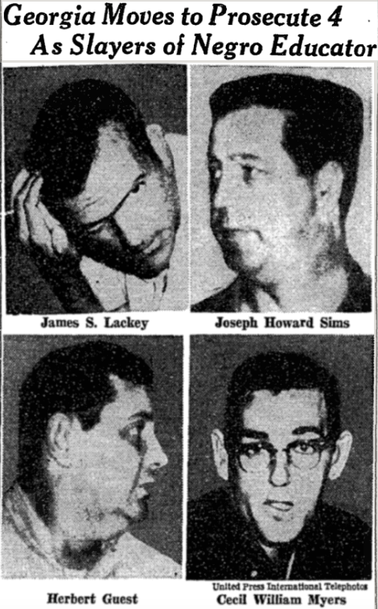|
A few years ago I discovered the website www.mugshots.com, and marvelled at the portraits it contains. Frontal and unsmiling, they are accompanied by a brief account of a crime or crimes. While reminiscent of the earlier giant portraits by Chuck Close, they are far from being deadpan and a vehicle for a formal exercise, and suggest a narrative of turbulent and often violent life stories. Earlier this month I came across a number of mugshots I had saved from the website on my desktop a few years ago. I started making large drawings in charcoal, and found the process to be quite unsettling. Simply by concentrating on and interpreting the image, the individual seemed to emerge into my space in a slightly disconcerting way. The drawings (I hope) suggest stories and elicit emotions. Does this mean they are illustrations, or 'kitsch' in the sense that Odd Nerdrum has defined the word (non-ironic, 'sentimental', emotional). All I know about J.L. in the drawing above is that he was arrested for first degree murder: stabbing an older man in an 'alcohol-fueled argument regarding a woman'. Whatever he did, my aim was to make the drawing non-judgmental, to present him as a person who has clearly had many problems, and probably few chances to escape them. The mugshots reminded me of a large work of mine from 1964 (long since disappeared), painted in my second year in fine art at the Central* and based on a small newspaper photograph of four American Ku Klux Klansmen who had been charged with the murder of Lemuel Penn, an African American, in Georgia. I remember that I used mainly reds and greens (complementary colours to heighten the drama, probably) and a fairly traditional free painterly style on unprimed canvas. I was quite excited about the possibilities of a fresh approach to figuration and worked on it for a couple of days in the second-year communal studio. During the third morning I was applying some finishing touches when the doors of the studio burst open and in strode a group of three lecturers, including the head of department, who was clearly very angry. "This is not painting! This is illustration!" he spluttered, and stormed out. I was so surprised I was unable to say a word in my defence. At the time, the approved manner of painting at the Central was abstract or semi-abstract, and the idea of making a figurative image from a photograph was anathema. Did I continue in that style? Maybe for a while (uncowed, I like to think), but a year later I was making large paintings which were a combination of, in my mind at least, Monet and Rothko. These led to an interest in Op Art, and the paintings I made at the end of my final year brought me a small amount of recognition in the London art world, and with it, the beaming approval of the head of department. I had forgotten the details of the 1964 murder but a lengthy Google search led me to the New York Times Timesmachine archive page, where I eventually found the original photograph. At first I only clearly recalled the face of Cecil William Myers (bottom right), but the others have gradually become more familiar the longer I look at them. According to Wikipedia, the KKK members were found not guilty of murder by an all-white jury, but were successfully prosecuted two weeks later under the newly-introduced Civil Rights Act of 'violating Penn's civil rights'. Sims and Myers were sentenced to prison terms of ten years and served about six. Their co-defendants were found not guilty. (*The Central School of Art and Design, now Central St Martins)
0 Comments
|


 RSS Feed
RSS Feed